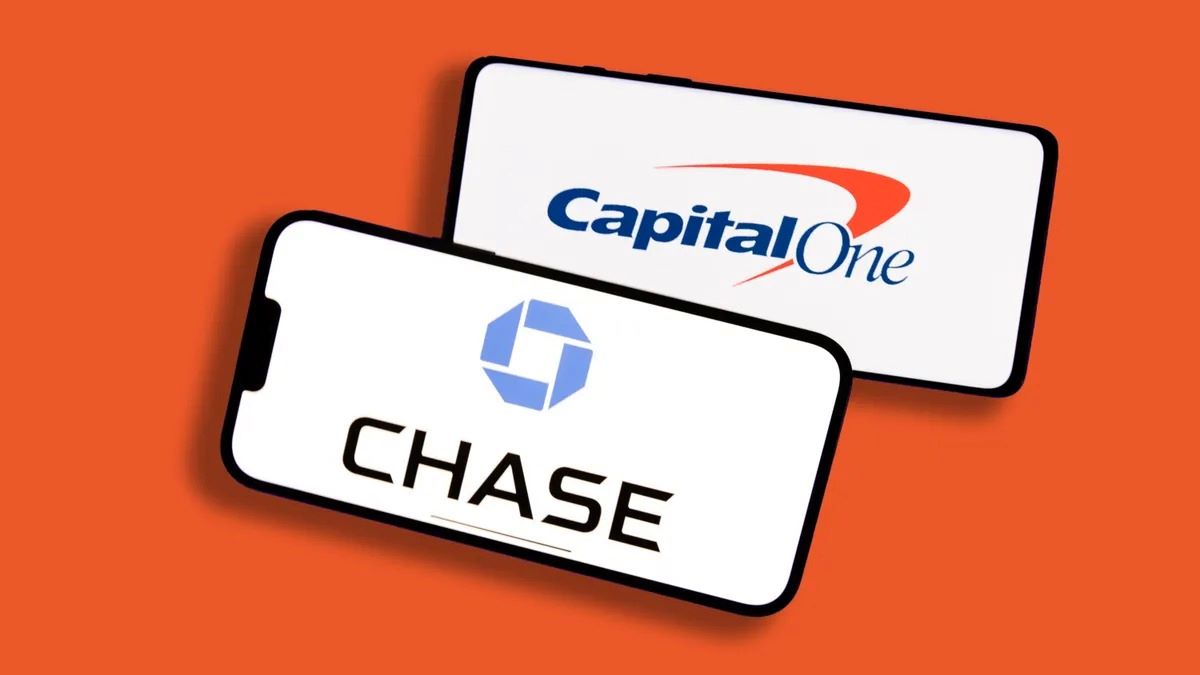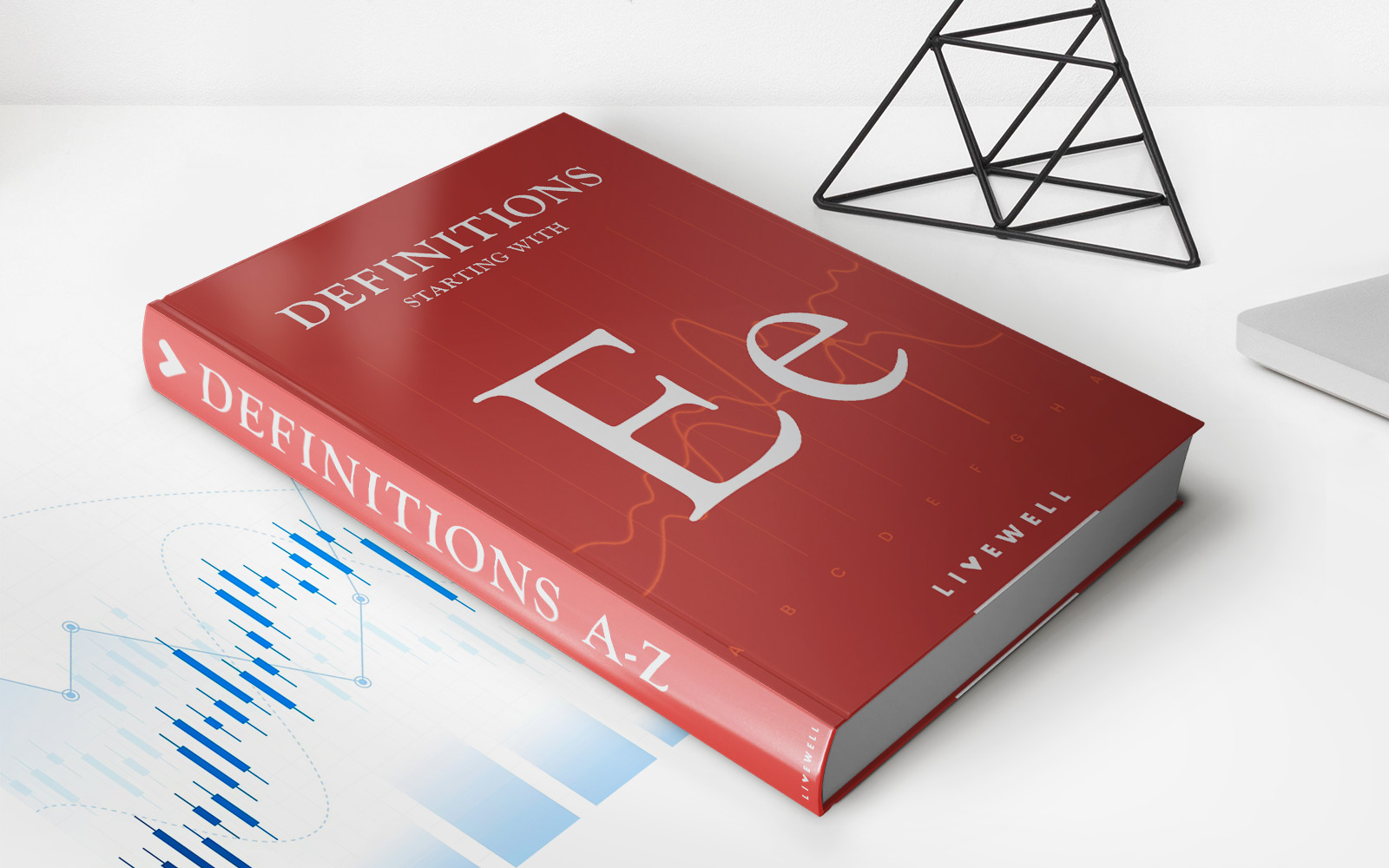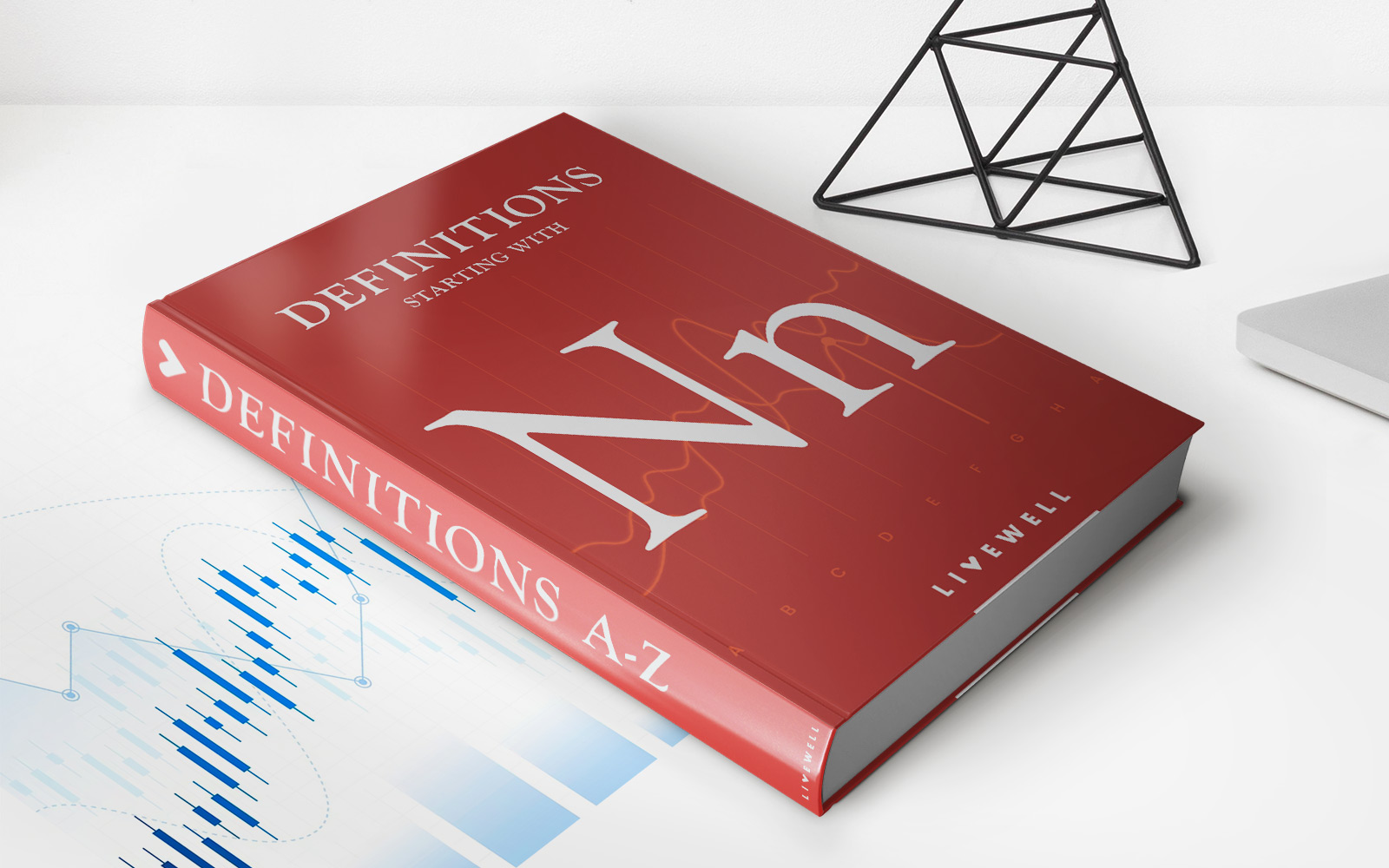Home>Finance>Why Doesn’t My Amazon Card Display A Minimum Payment


Finance
Why Doesn’t My Amazon Card Display A Minimum Payment
Published: February 27, 2024
Learn why your Amazon card may not display a minimum payment and how it impacts your finances. Find solutions to manage your Amazon card effectively.
(Many of the links in this article redirect to a specific reviewed product. Your purchase of these products through affiliate links helps to generate commission for LiveWell, at no extra cost. Learn more)
Table of Contents
Introduction
Credit cards are essential financial tools that offer convenience and flexibility in managing everyday expenses and making purchases. When it comes to credit cards issued by Amazon, customers may encounter various queries and concerns, one of which pertains to the display of minimum payments. Understanding the factors influencing the minimum payment display on Amazon cards is crucial for cardholders to effectively manage their finances and make informed decisions.
In this comprehensive guide, we will delve into the intricacies of minimum payments on Amazon credit cards, shedding light on the underlying factors that influence these payments and addressing common issues that cardholders may encounter. By gaining a deeper understanding of minimum payments and the specific considerations associated with Amazon cards, individuals can navigate potential challenges with confidence and ensure responsible credit card management.
Throughout this article, we will explore the concept of minimum payments on credit cards, examine the factors that affect minimum payments on Amazon cards, highlight common issues that may arise in relation to minimum payments, and provide actionable insights for resolving these concerns. Whether you are a seasoned credit card user or new to the world of Amazon cards, this guide aims to equip you with the knowledge and strategies needed to effectively manage minimum payments and optimize your credit card experience.
Join us on this insightful journey as we unravel the complexities of minimum payments on Amazon cards, empowering you to navigate your financial responsibilities with clarity and confidence.
Understanding Minimum Payments on Credit Cards
Minimum payments on credit cards represent the smallest amount that cardholders are required to pay by a specific due date to keep their accounts in good standing. While paying the minimum amount can help avoid late fees and negative credit reporting, it’s important to understand that carrying a balance by making only the minimum payment can lead to long-term interest accrual and potential debt challenges.
When a credit card statement is issued, it typically includes the total balance, the minimum payment due, the due date, and other pertinent account details. The minimum payment is calculated based on various factors, including the outstanding balance, interest accrued, and a percentage of the total balance. This percentage is often around 1-3% of the total balance, along with any interest and fees.
It’s crucial for cardholders to recognize that paying only the minimum amount can result in prolonged debt repayment and increased interest costs. By understanding the implications of minimum payments, individuals can make informed decisions about managing their credit card balances and strive to pay more than the minimum whenever possible to reduce overall interest and expedite debt repayment.
Furthermore, maintaining a low credit utilization ratio, which is the amount of credit used compared to the total available credit, can positively impact credit scores. Responsible credit utilization, along with timely payments and prudent financial management, contributes to a healthy credit profile and financial well-being.
As we explore the nuances of minimum payments, it’s essential to grasp the significance of proactive financial management and the potential long-term consequences of carrying credit card balances. By gaining a comprehensive understanding of minimum payments and their implications, cardholders can make informed choices that align with their financial goals and priorities.
Factors Affecting Minimum Payments on Amazon Cards
Minimum payments on Amazon credit cards are influenced by several key factors, each playing a significant role in determining the amount due each billing cycle. Understanding these factors is essential for Amazon cardholders to effectively manage their financial obligations and make informed decisions regarding their credit card payments.
1. Outstanding Balance: The total amount owed on the Amazon card, including purchases, interest, and fees, directly impacts the minimum payment. As the outstanding balance increases, the minimum payment due also rises, reflecting the higher amount that needs to be repaid to maintain the account in good standing.
2. Interest Accrual: The interest charged on the outstanding balance contributes to the minimum payment calculation. Higher interest accrual leads to an increased minimum payment, as cardholders are required to address both the principal balance and the accrued interest to prevent further financial implications.
3. Percentage of Total Balance: The minimum payment is often calculated as a percentage of the total balance, typically ranging from 1-3% of the outstanding amount. This percentage-based approach ensures that the minimum payment adjusts in proportion to the total balance, aligning with the card issuer’s guidelines and industry standards.
4. Fees and Penalties: Additional fees, such as late payment fees or penalties for exceeding the credit limit, can contribute to the minimum payment. These charges increase the overall amount due, emphasizing the importance of adhering to the card’s terms and conditions to avoid incurring avoidable fees.
5. Payment History: A cardholder’s payment history, including previous minimum payments and any missed or late payments, can impact the minimum payment amount. Consistently making only the minimum payment or exhibiting irregular payment behavior may prompt adjustments in the minimum payment requirement to mitigate potential credit risks.
By comprehensively understanding these factors, Amazon cardholders can gain insight into the dynamics shaping their minimum payments. This knowledge empowers individuals to proactively manage their credit card balances, make strategic financial decisions, and navigate their payment responsibilities with clarity and confidence.
Common Issues with Amazon Cards and Minimum Payments
While Amazon credit cards offer a range of benefits and convenience, cardholders may encounter common issues related to minimum payments that can impact their financial management and overall credit card experience. Understanding these prevalent challenges is essential for effectively addressing and mitigating potential concerns associated with Amazon cards and minimum payments.
1. Inaccurate Minimum Payment Display: Some cardholders may experience discrepancies or inaccuracies in the display of their minimum payment due on their Amazon card statements or online accounts. This issue can lead to confusion and uncertainty regarding the actual amount owed, potentially affecting timely payments and overall account management.
2. Unexpected Minimum Payment Changes: Cardholders may encounter unexpected fluctuations in their minimum payment amounts from one billing cycle to the next. These abrupt changes can disrupt budgeting efforts and financial planning, creating uncertainty and potentially impacting the cardholder’s ability to meet their payment obligations.
3. Limited Payment Flexibility: Certain Amazon cardholders may face challenges related to payment flexibility, especially when experiencing financial constraints or unexpected expenses. Limited flexibility in adjusting minimum payments or exploring alternative payment arrangements can add stress and complexity to managing credit card obligations.
4. Communication and Notification Issues: In some instances, cardholders may experience communication or notification issues related to minimum payments on their Amazon cards. This can include delays or discrepancies in receiving payment reminders, due date notifications, or updates regarding minimum payment requirements, leading to potential oversights and missed payment deadlines.
5. Technical Glitches and System Errors: Technical glitches or system errors within the Amazon card platform or online account management systems can contribute to minimum payment issues. These disruptions may result in inaccurate payment calculations, display inconsistencies, or impediments to accessing essential account information, posing challenges for cardholders.
By recognizing these common issues, Amazon cardholders can proactively address potential concerns and seek appropriate resolutions to ensure seamless and effective management of their minimum payments. Moreover, staying informed about these challenges empowers cardholders to engage with the necessary resources and support channels to navigate and resolve any minimum payment-related issues effectively.
Resolving Minimum Payment Display Issues on Amazon Cards
Addressing and resolving minimum payment display issues on Amazon cards is paramount for ensuring accurate financial management and maintaining a positive cardholder experience. When confronted with discrepancies or uncertainties related to minimum payment displays, cardholders can take proactive steps to rectify these issues and navigate their credit card responsibilities effectively.
1. Reviewing Account Statements: Cardholders encountering minimum payment display issues should meticulously review their Amazon card statements to cross-reference the displayed minimum payment with their outstanding balance, recent transactions, and any applicable interest or fees. This comprehensive review can help identify potential discrepancies and provide clarity regarding the accurate minimum payment due.
2. Contacting Customer Support: Engaging with Amazon card customer support or reaching out to the card issuer’s dedicated helpline enables cardholders to seek clarification and assistance in resolving minimum payment display issues. Customer support representatives can offer insights, address concerns, and provide guidance on navigating the minimum payment discrepancies effectively.
3. Utilizing Online Account Management Tools: Leveraging the online account management tools provided by Amazon for credit card holders can facilitate a deeper understanding of minimum payments and enable individuals to explore payment history, review billing statements, and access relevant resources to address display discrepancies proactively.
4. Seeking Clarification on Calculation Methods: Cardholders can seek clarification from the card issuer regarding the specific methods and algorithms used to calculate minimum payments on Amazon cards. Understanding the calculation process can shed light on the factors influencing the displayed minimum payment and provide insights into potential discrepancies or unexpected changes.
5. Monitoring Payment Notifications: Remaining vigilant about payment notifications, due date reminders, and account alerts from Amazon can help cardholders stay informed about minimum payment requirements and promptly address any anomalies or inconsistencies in the displayed minimum payment amounts.
6. Exploring Payment Adjustment Options: In cases where minimum payment display issues persist, cardholders can explore options for adjusting their payments or seeking alternative arrangements to ensure that their minimum payment aligns with the actual amount owed. This may involve engaging with the card issuer to discuss feasible solutions based on individual financial circumstances.
By proactively engaging with these strategies and leveraging the available resources, Amazon cardholders can effectively address and resolve minimum payment display issues, ensuring accurate and transparent management of their credit card obligations. Additionally, maintaining open communication with the card issuer and staying informed about payment-related updates is crucial for navigating and mitigating minimum payment discrepancies effectively.
Conclusion
Understanding the intricacies of minimum payments on Amazon credit cards is essential for cardholders to navigate their financial responsibilities with confidence and clarity. By delving into the factors influencing minimum payments, recognizing common issues, and exploring strategies for resolution, individuals can effectively manage their credit card obligations and optimize their overall financial well-being.
As cardholders strive to maintain responsible credit card usage, it is imperative to prioritize proactive financial management, timely payments, and a comprehensive understanding of minimum payment dynamics. By staying informed about the factors that influence minimum payments, such as outstanding balances, interest accrual, and payment history, individuals can make informed decisions and strive to pay more than the minimum to expedite debt repayment and minimize interest costs.
Furthermore, by acknowledging common issues related to minimum payments on Amazon cards, such as inaccurate display, unexpected changes, and limited payment flexibility, cardholders can proactively seek resolutions and engage with customer support and online account management tools to address concerns effectively.
Ultimately, the journey of managing minimum payments on Amazon credit cards is underscored by the importance of communication, vigilance, and informed decision-making. By leveraging the resources and support channels available, cardholders can navigate potential challenges, rectify discrepancies, and ensure that their minimum payments align with their actual financial obligations.
As individuals embrace a proactive and informed approach to managing their Amazon credit cards, they can cultivate a strong foundation for responsible financial management, credit health, and long-term stability. By integrating the insights and strategies presented in this guide, cardholders can confidently navigate their minimum payment responsibilities, optimize their credit card experience, and pursue their financial goals with resilience and clarity.














